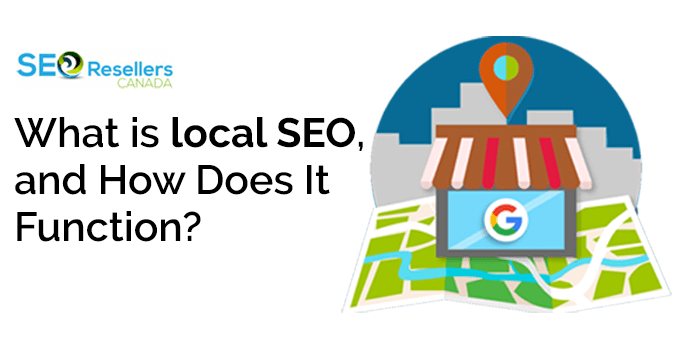Google uses over 200 ranking factors, and dwell time is considered as one of the most important ones. It’s a lesser-known metric, which is why it is also one of the most misunderstood ones. To most marketers, dwell time doesn’t make any sense because of the following questions:
- How do you measure it?
- How does it impact ranking?
- How do you optimize for it?
In this post, we’ll be answering those questions and more to give you a greater understanding of dwell time and why it matters for your SEO rankings. Let’s begin.
1- What Is Dwell Time?
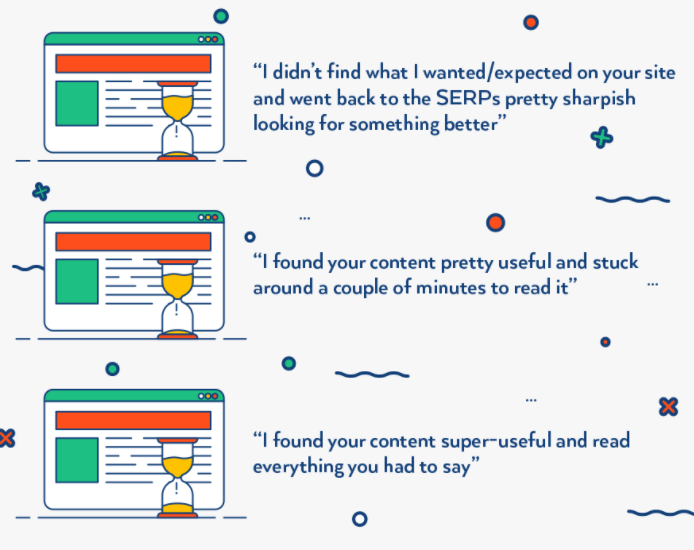
Dwell time is determined by the amount of time that has passed from the moment you click on a search result till the time when you return back to the SERPs. In layman’s terms, dwell time is the length of time a visitor spends on a web page before moving on to another page.
For example, if you search for ‘Best SEO Resellers’ on Google and click on the result that appeals the most. Then you spend around 7 minutes reading that page before you move back to the SERPs to learn more from other sources. The time between the 2 clicks – 7 minutes – was your dwell time on the page.
Ideally, you want visitors on your website to spend the most time possible on your pages because longer dwell times are great for business. The more time visitors spend on your page, the greater the chances that they have read, understood and liked your content. It’s a strong indicator that your content strategy is working and appealing to your target audience.
2- Difference Between Dwell Time vs. Bounce Rate vs. Time on Page

Most marketers tend to confuse dwell time with bounce rate and time on page as they are quite similar to one another. However, each metric is measured differently, and according to Moz, dwell time is a combination of bounce rate and time on page.
The bounce rate is the percentage of users who come to your website without visiting other pages. On the other hand, time on page is the amount of time spent by visitors on a page before going to another. That does sound similar to dwell time, but there’s a big difference, which is the second click. Dwell time essentially refers to the time spent on a page before returning to the search results page.
All these metrics are connected. If someone’s second click sends them back to the SERPs, or if they don’t have a second click, it will increase the bounce rate of your page.
This presents a clear problem because someone who visits a page for 20 minutes before clicking back to the SERPs has spent significant time engaging with your content. However, Google will count it towards the bounce rate. This is why dwell time is a more accurate indicator of the relevance of a page to the user instead of relying solely on the bounce rate.
It’s important to note that the bounce rate and time on page can be viewed in Google Analytics.
However, there isn’t any metric for dwell time, and if Google does use dwell time as a ranking metric, it isn’t sharing this fact with others.
3- Is Dwell Time an Important Ranking Metric?
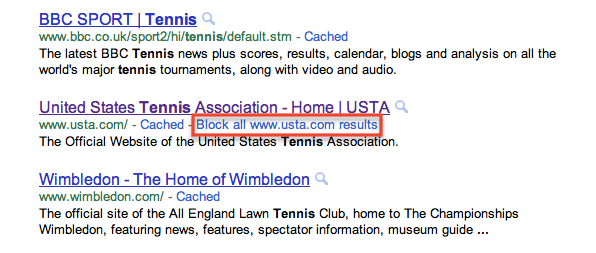
Google hasn’t shared anything about dwell time as a ranking metric in their algorithm, but there is evidence that suggests dwell time has an impact on SEO and search rankings. We know that bounce rate and dwell time help power Google’s search algorithm; however, it’s not a ranking factor. One of the biggest signs of Google taking dwell time seriously is giving webmasters the option to block all results from a URL in the search results.
Most webmasters believe this was only introduced based on the dwell time of users. If Google noticed that you had a short dwell time on a domain, they would offer you the option to block all results from that domain completely. Here’s an example:
By allowing users to remove specific results, Google is delivering on their ultimate goal, which is to provide a better user experience. Another indication that Google tracks dwell time comes with the inclusion of the ‘People Also Searches For’ feature in the SERPs.
You must have noticed that when you click on a listing in the search results and click back, there will be a ‘People also search for’ list or scrolling feed with related content under the listing you clicked on. It will appear like this:
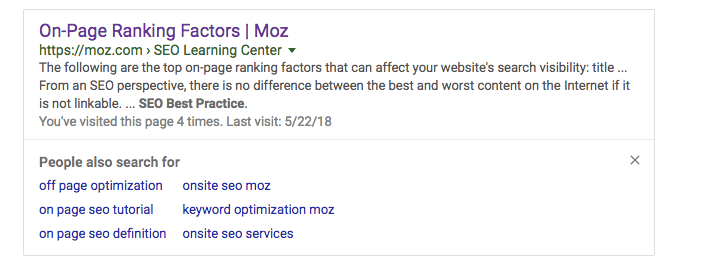
This makes sense because if users are returning to the search results, they haven’t found the answer to their search query. So, to create a better user experience, Google offers you related searches to help point you in the right direction.
None of these features proves that dwell time is a ranking metric, but it does suggest that Google monitors dwell time to improve the user’s experience.
3.1- Should You Optimize Your Website for Dwell Time?
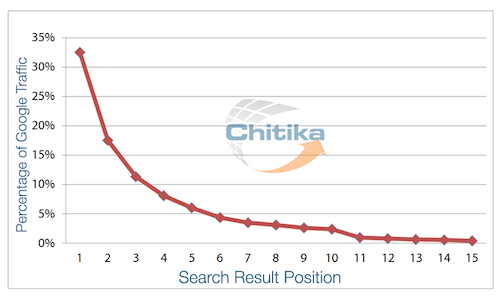
There’s no clear answer to this question because it depends on your situation. You should know that most people don’t go beyond the first page of search results. So, if you’re ranking on the second or third page, almost no one will be ‘dwelling’ on your page. This means that if you’re not in the top 10 search results on the first page, you shouldn’t worry about optimizing for dwell time. It’s only the first page of search results where visitors are most likely to ‘dwell’ on a page.
So, if you’re ranking for a keyword, your priority should be to attract traffic to your page, and once you break into the top 10 search results, you can optimize for dwell time.
You should also note that not every search query needs ‘dwell time’ to signal quality. Below, we have shared some scenarios where dwell time can always be relied upon.
3.1.1- The ‘Question’ Search

If users enter a question in the search, like ‘what is the phone number, zip code, or the release date of a movie,’ a shorter dwell time is desirable. For instance, if someone wants to find out when the new season for ‘Game of Thrones’ starts, they will type the following question in the query:
This is what happens when you click on the first result:

The answer is given at the top, and most users will leave after seeing this, probably within the first 10 to 15 seconds. However, this doesn’t mean that the page isn’t useful to searchers. That’s why it is ranked first despite having a short dwell time.
3.1.2- Highly Specific Searches
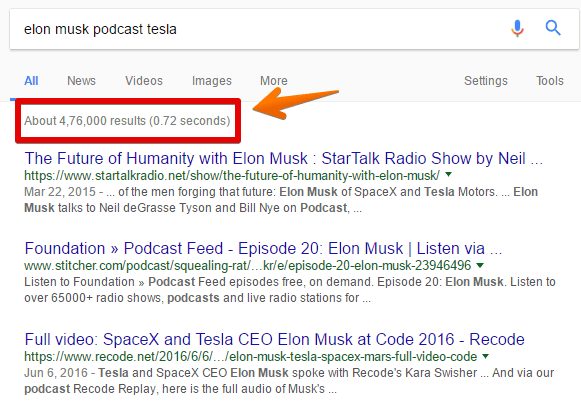
Another scenario where dwell time doesn’t work is when users are searching for something with specific queries. For instance, they wanted to know the name of the podcast on which Elon Musk appeared on, but they don’t know its name. So, they type in a couple of phrases and hope to get the right result. Here’s what they will find in the list of results:
Most people will sift through the results, and if they land on a page that doesn’t offer them the answer, they will head back immediately. There’s nothing wrong with each of the results that are shown, but Google will mark the website down based on your browsing behavior.
3.1.3- The Fake Promise
There are times when you spend time on a page to determine if it is useful. So, if you land on a 5000-word blog post on ‘How you can double your revenues from email marketing,’ you’re likely going to skim the content and read the sub-headings. If they seem promising, you’ll start reading the content, which will increase your dwell time on the page.
However, after reading for 5 to 10 minutes, you realize that the post isn’t informative, and you head back frustrated to the search results. Google doesn’t know that and will assume that the content was great based on your dwell time.
4- Factors that May Impact Dwell Time
Most of the times, a low dwell time signals that visitors aren’t finding what they want on your website, but your content is excellent. This could be due to other factors that are contributing to the low dwell time. These are similar to those factors that impact time on page and bounce rate and include:
4.1- Slow Load Time
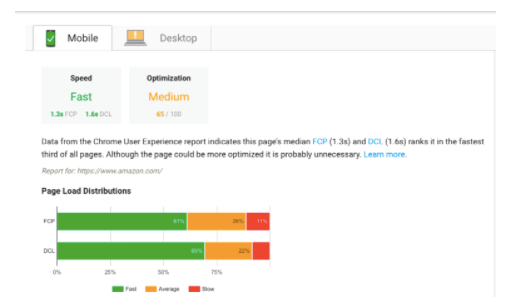
You should know that 40% of people will abandon a website if it takes more than 3 seconds to load, and even slow loading images ruin the user experience. Therefore, to improve dwell time, ensure that your website loads quickly before you start losing customers.
4.2- Inaccurate Descriptions and Tags
Your title tags and meta descriptions are meant to represent content on any page accurately, but if that’s not what you’re doing, your users are going to find themselves on pages that are unrelated to what they searched for, increasing the bounce rate of your website.
4.3- Mobile Optimization
Mobile has become the go-to for everyone when it comes to search. If users visit a page from a smartphone and find that your website isn’t mobile-friendly, they will click back without hesitation, bringing down their dwell time.
5- Reasons Why Dwell Time May Be a Ranking Factor
If you’ve read up to now, you must have a well-ranked page, or you may want to be proactive and optimize the pages on your website to improve user experience. Regardless of your reasons, there’s no magic formula to improve dwell time on your website. If you’ve got a website on the first page of SERPs, here are the main reasons why dwell time makes sense as a ranking factor:
5.1- Good Indicator of Relevance (User Intent)
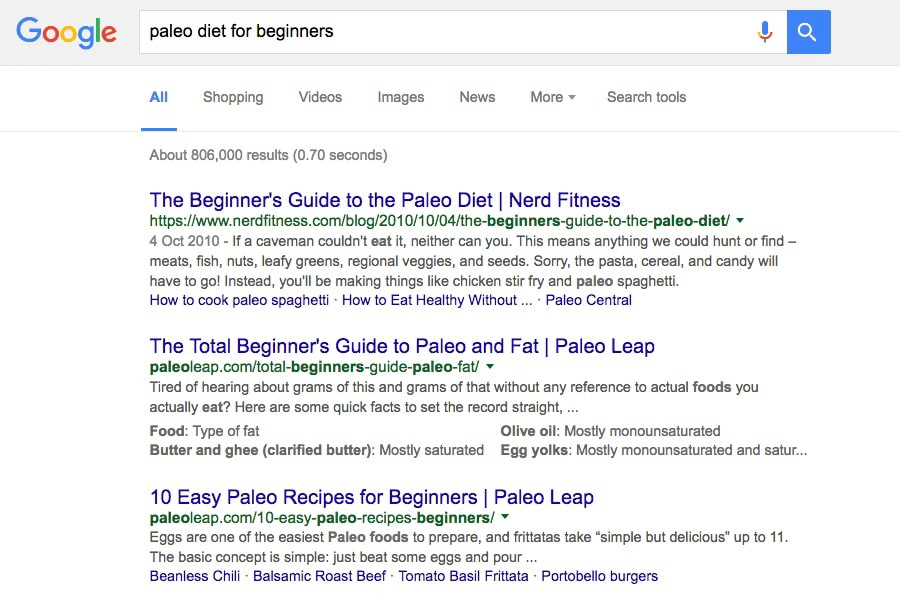
One of the main reasons why dwell time could be a ranking factor is mainly down to the user intent of searchers on the internet. For instance, if you take the search term ‘paleo diet for beginners,’ you get the results below.
Anyone searching for this term is a newbie to paleo and looking for a comprehensive beginner guide. At the first position, you come across the beginner’s guide to the paleo diet from NerdFitness:

If you’ve read this guide, you’ll know how in-depth and extensive it is and covers almost everything that you want to know about the paleo diet on a single page. It’s also well-presented and well-written.

The guide perfectly fulfils the searcher’s intent, and most people would spend around 15 to 20 minutes reading this before returning to the SERPs.
In comparison, there’s another link on the same search page that is ranking at #6 for the query.
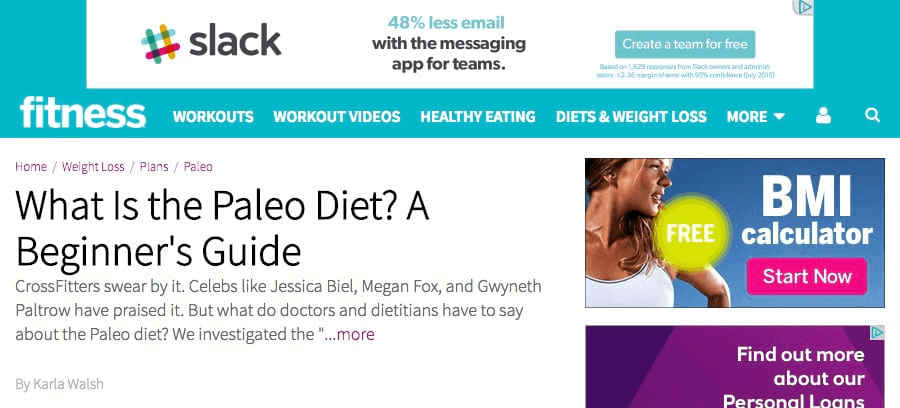
After clicking on this link, it’s not hard to realize that this guide isn’t close to the high-quality content in the guide from NerdFitness. Some of the issues with this guide are:
- It’s plastered with ads
- Basic information shared
- Content is thin at around 500 words
Therefore, the average dwell time on this page is around 30 seconds. The bottom line here is that dwell time is a good indicator of the quality and relevance of a given result.
5.2- It’s a Better Ranking Signal Than Bounce Rate

When it comes to ranking signals, bounce rate appears to be sketchy because people can ‘bounce’ for a number of reasons:
- Poor content
- Idle for 30+ minutes
- No need to visit other pages
This makes discerning between good and bad experiences harder and whether a page has fulfilled the searcher intent by looking at bounce rates.
If you go back to our previous example of ‘the paleo one,’ both page visits were technically bounces; however, the experience was wildly different for both websites. (Good on one and bad on the other). Here is how both visits will appear in Google Analytics:
15+ minute visit to NerdFitness:
30-second visit to FitnessMagazine.com:

Those two visits appear identical in Google Analytics and also state time on the page of zero seconds! That’s not what happened. So, what’s going on here?
For Google Analytics, to calculate time on page, it requires 2 clicks – an entrance click and an exit click. If there’s no exit click, Google Analytics can’t calculate. Another big issue with using bounce rate as a ranking factor is that Google will need to mine Google Analytics for that. There’s no other way to find out the bounce rate of a page.
However, Google officially claims that they don’t use any Google Analytics data in its algorithm.
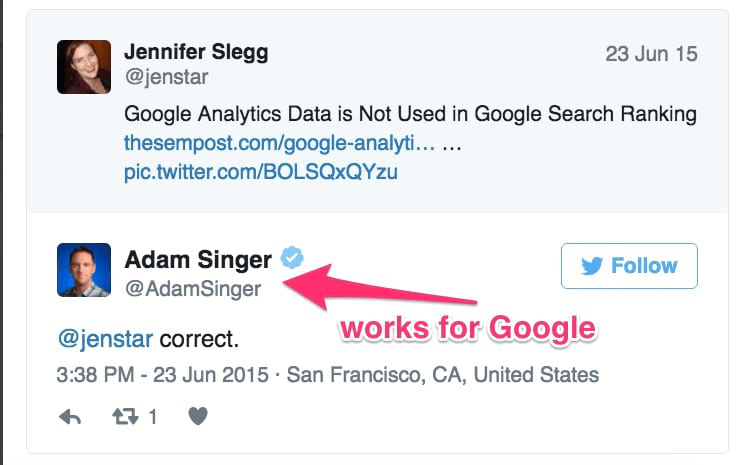
Google has officially claimed that it doesn’t recognize the bounce rate as a ranking factor. On the other hand, it’s never a good idea to take everything Google says as Gospel. However, in this instance, they are most likely telling the truth. Here are the reasons why we think that is the case:
5.2.1- Ad Blockers Block Google Analytics Code
An estimated 30% of web users have an ad blocker installed, and all of them blacklist Google Analytics by default. They also block all attempts made by Google Analytics JavaScript library, and if Google used GA code, it would be incomplete.
5.2.2- Google Analytics is mostly installed incorrectly
Anyone who’s done an SEO audit will know how vital it is to check whether Google Analytics is incorrectly installed. It’s a common issue and causes bounce rates to be inflated, which gives inaccurate data to Google.
5.2.3- Not Everyone Uses Google Analytics
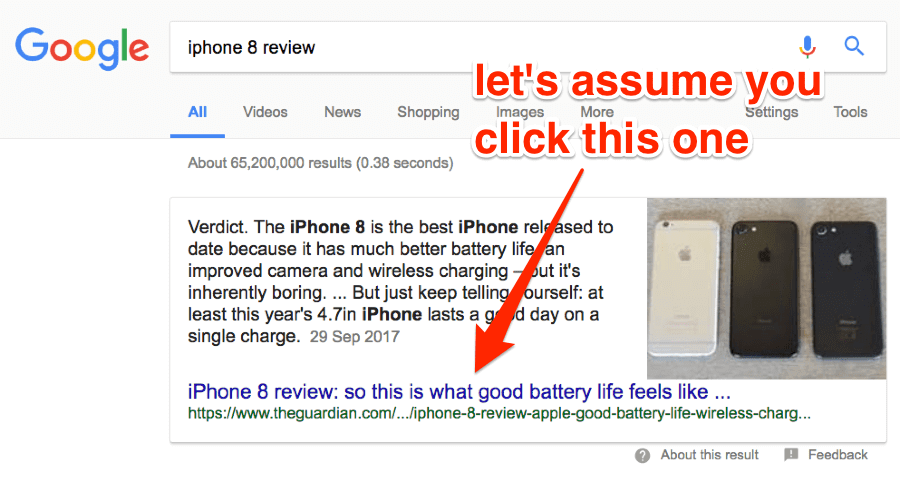
In 2012, over 12 million websites had installed Google Analytics. Even if this number has grown tenfold, which it hasn’t, this leaves only 10% of websites with Google Analytics installed on them. Google won’t manage to decipher anything of value from analyzing the bounce rate on just 1/10th of the websites around the world, which makes a strong case for the data being useless.
So, even if Google was analyzing the bounce rate from Google Analytics, the chances are that it’s not of much value. That’s where dwell time is better than the bounce rate as a ranking signal because Google can easily collect dwell time. Here’s a good example of that:
If you click on the result, Google will start a virtual stopwatch, which would stop once you return to the SERPs. This gives Google exactly how much time you spent on the website, and if you’re wondering how Google knows you have returned to the search results, here is how:
5.2.4- Next Click Analysis
If you went back to the SERPs, it would take you a couple of seconds to click on another result. Google will wait for this click and decipher an estimate dwell time based on your previous click.
5.2.5- Chrome Browser Data
The latest figures from W3Schools show that 73% of people use Chrome as their default browser. Chrome is Google’s own browser, which is why they would know when you have clicked on the ‘back’ button to return to the SERPs.
It’s clear that, with data mining, Google can uncover useful data for analyzing your dwell time.
5.3- Google is Actively Tracking Dwell Time
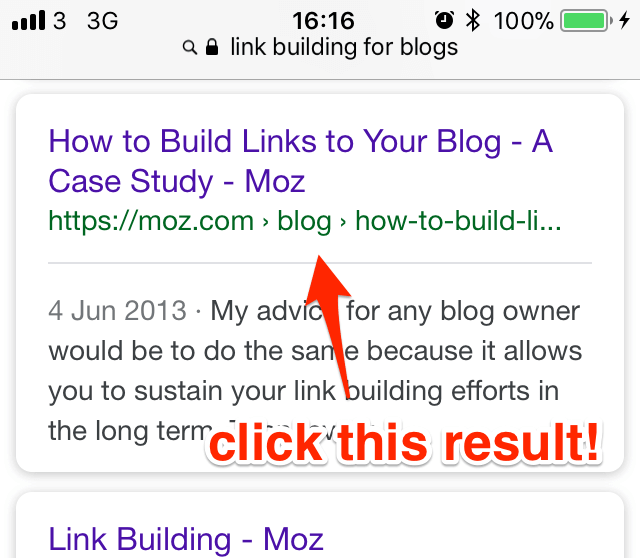
Here’s a little experiment for you:
Open Safari on your iPhone and Google the phrase ‘link building strategies.’ Click on the result from Moz, which should be in the top 3:
Wait for the page to load completely and then hit on the back button. Did you notice anything? Google has added a scrollable list of related searches under the result you just clicked.
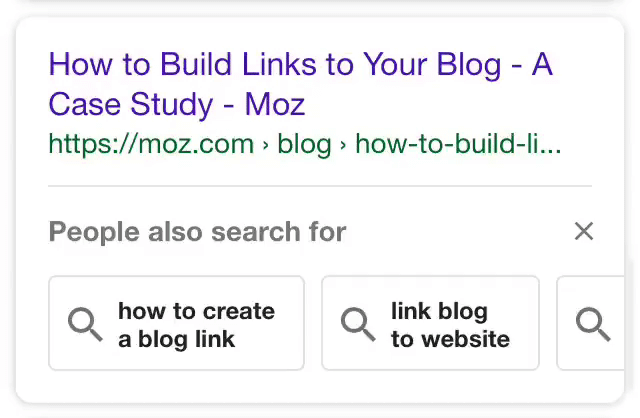
This makes sense because you returned to the search results, which means that you didn’t find what you were looking for. So, Google helps you by sharing some related searches. This proves that Google monitors what’s known as pogo-sticking on mobile devices. So, if they’re monitoring this, there is a good chance that they are monitoring dwell time as well.
However, before you get carried away, let us point out that this doesn’t prove that dwell time is a ranking factor. It only proves that Google monitors it to enhance user experience on its search engine, but it’s also possible that this data may be used to influence rankings.
6- How Do You Improve Dwell Time?
Google looks at several engagement metrics, so you shouldn’t obsess over this metric but focus your attention on providing great UX and creating great content. If you’ve ticked both those boxes, you won’t need to worry about improving dwell time on your website as it will take care of itself. However, there are steps you can take to improve dwell time on your website significantly, which are:
6.1- Creating High-Quality Content
Content is the engine that is powering your SEO campaign, and consistently creating exceptional content translates into higher engagement because visitors stick around to read your content. You don’t need to churn out epic blogs daily as you can take the visual route and create excellent videos and infographics.
You must focus on being entertaining, relevant, and informative in your content pieces and ensure you are adding value to your visitors. Don’t aim to deceive search engines as that will get you an express ticket into Google’s blacklist.
6.2- Use Internal Linking
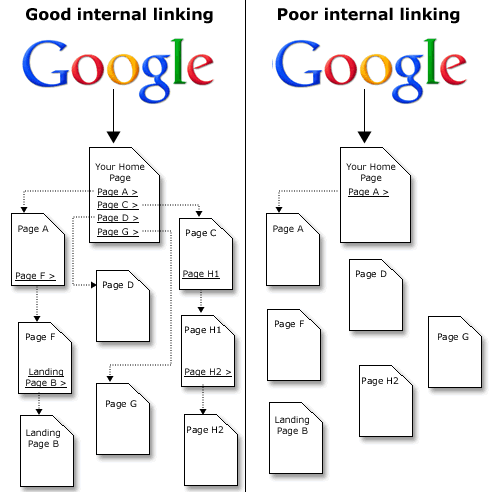
If you’re giving visitors on your website every opportunity to discover related content after they land on your page, you’ll be keeping them busy and divert their attention away from returning to the SERPs. The longer you keep them on your page, the higher their dwell time will be.
It doesn’t matter if visitors land on a page from the SERPs and then click-through to another page on your website and spend the rest of their time there. As long as they don’t return to the SERPs, your dwell time is going to keep increasing. That’s where using internal linking is your best bet as you’re killing two birds with one stone effectively.
An additional benefit is that websites with well-structured internal linking are better understood by search engine crawlers when it comes to indexing.
6.3- Understand the Intent Behind Keywords
Most searchers use keyword queries to signal their intent. For instance, you search for ‘advanced link building’ and come across a blog titled, ‘how to build links like the pros.’ You would expect to find quality content that talks about the secrets of link building.
However, you click on the first result, and it is a 400-word post that talks about broken link building and guest blogging. That’s of no use to you and adds to frustrating user experience, resulting in you heading back to the SERPs. The result would be that Google will demote this page.
6.4- Offer Content Recommendations
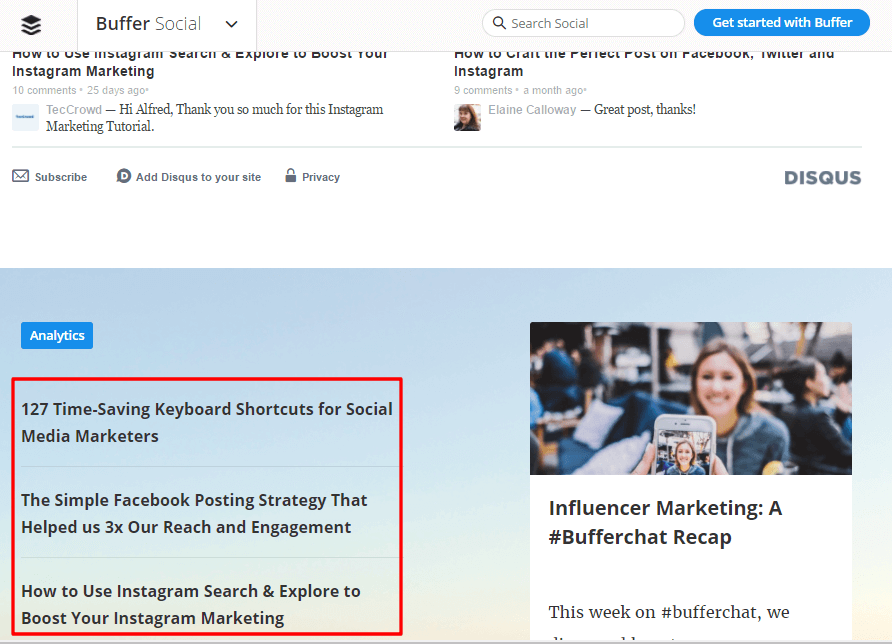
If users land on your website from the SERPs, they’re searching for answers to resolve a pain point, and they should find that on your page. However, if they don’t, you should try to distract them from going back to the SERPs to search for another page.
What you can do in this instance is give them recommendations from your page, just like Buffer has done in the example below:
The closer your recommendations are in nature to the topic on the page, the less likely that visitors are going to return to the search page.
6.5- Follow Good Web Design Principles
When you’re designing your website, try to keep the interface simple and to the point. Most websites make the mistake of presenting too much at once on their page, which distracts visitors and tempts them to leave your web page. This is known as ‘information overload’ and is one of the worst things you can do as it drives visitors away.
Avoid making the same mistake on your website, and don’t use annoying popups that frustrate visitors. Focus on having a responsive design with a clear layout that makes it easier for visitors to browse and find what they are after.
7- Dwell Time – Frequently Asked Questions
We understand that not everyone will have the answer to their question from this guide on dwell time and SEO and why it matters. We have highlighted the most frequently asked questions on this subject. If you don’t find your answer here, you can get in touch with us to learn more about dwell time, it’s relation to SEO, and why it matters as a ranking metric.
7.1- Do Embedded Videos Improve Dwell Time?
Yes, embedding videos on your web page is one of the best ways to improve dwell time on your website, and figures suggest that it results in a 260% increase in dwell time.
You can use the video in place of content and can even embed a video into the content. It is a good way to grab attention and ensures that visitors will at least watch the video, which will result in improved dwell time on your website.
7.2- What Can I Do to Enhance Dwell Time Significantly on My Website?
There are several tactics you can employ to boost the overall dwell time of visitors on your website. Some of the best methods in our experience are the following:
- Add backlinks
- Compresses images to load faster
- Optimize titles to be clickable
- Have easy-to-read content
- Don’t use stock images
- Short your URL to 50 characters
- Use multimedia content such as sliders, videos, podcasts, and infographics
If you’re struggling to improve dwell time on your website, get in touch with SEO Resellers Canada today.
7.3- What Best Practices Do You Recommend for Improving Dwell Time?
The best way to go about improving dwell time is by employing the Preview, Proof, Transition (PPT) formula. This can be broken down as follows:
- Preview – Ensure the first line of content is a preview to help readers decide if they want to continue reading your content.
- Proof – The next two lines should offer the reader proof that the information you’re sharing is beneficial for them.
- Transition – Gradually transition the reader to the next section of your content, and if they continue reading, it will boost your dwell time.
No matter what Google or other SEO experts say, there can be no denying that dwell time does have an impact on rankings and shouldn’t be ignored. Google may claim that it’s not an official ranking metric, but having a high dwell time is only a good thing for your website.
8- Conclusion
Dwell time is something that Google has toyed with and researched for several years now. However, they refuse to admit that it’s a ranking factor or can be used to judge the relevancy or quality of search results. When it comes to Google, there is only one thing that matters to them, which is that they want to make their users happy and will go out of their way to improve user experience.
Your job is to ensure that the content you offer on your website is of the highest quality and exactly what your target audience wants. By making your website a pleasure to visit, you will never have to worry about dwell time at all. If you want experts to improve the dwell time on your website, get in touch with SEO Resellers Canada today.


























